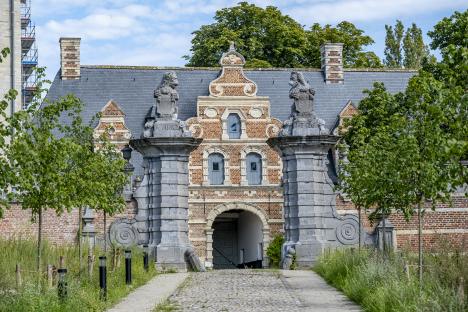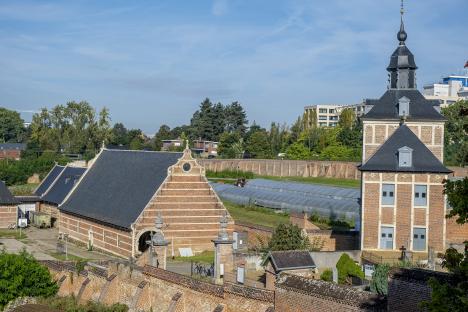Current use of the buildings
The historic buildings were sustainably repurposed

The monastery
The presence of the Norbertines guarantees the monastic function, albeit in a contemporary manner and on a smaller scale than before. Starting in 2025, through a collaboration with KU Leuven, foreign student priests will be making their way to the abbey.
The church also remains primarily an abbey and parish church, but it can also be used for concerts and other appropriate events.
Within the historic walls of the abbey complex, the PARCUM museum will be expanded further.

Guest quarters, provisor’s house and carriage house
The former guest quarters and the provisor’s house were restored and repurposed into office spaces, the Braxatorium Parcensis microbrewery and the base of operations for the volunteer association Friends of Park Abbey. The carriage house and stables now provide shelter for the international Catholic relief organisation Aid to the Church in Need.

Tithe barn and farmland
In the abbot’s former kitchen garden, vegetables are grown, just as before. No longer by the Norbertines themselves, but by De Wikke, a part of Wonen en Werken vzw that is realising an important social and work support project in the abbey.
The tithe barn is the base for several partners involved in organic farming, such as Landwijzer, BoerEnCompanie, De Wikke and Wonen en Werken.

The gates
The Mariapoort transformed into the seat of the Alamire Foundation, the renowned research centre for polyphonic music at KU Leuven. Their Library of Voices has been given a place in the Norbertuspoort. Brasserie De Abdijmolen is now housed in the water mill and the Sint-Janspoort.

